Python中如何使用通配符匹配字符串
 发布于2023-04-25 阅读(0)
发布于2023-04-25 阅读(0)
扫一扫,手机访问
使用通配符匹配字符串:
使用
fnmatch.filter()方法从列表中获取匹配模式的字符串。使用
fnmatch.fnmatch()方法检查字符串是否与模式匹配。
import fnmatch a_list = ['fql.txt', 'jiyik.txt', 'com.csv'] pattern = '*.txt' filtered_list = fnmatch.filter(a_list, pattern) print(filtered_list) # ????️ ['fql.txt', 'jiyik.txt']

如果我们更愿意使用正则表达式,请向下滚动到下一个副标题。
fnmatch.filter方法接受一个可迭代对象和一个模式,并返回一个新列表,该列表仅包含与提供的模式匹配的可迭代对象元素。
示例中的模式以任意一个或多个字符开头,以 .txt 结尾。
示例中的模式仅包含一个通配符,但您可以根据需要使用任意多个通配符。
请注意,星号
*匹配所有内容(一个或多个字符)。
如果要匹配任何单个字符,请将星号 * 替换为问号 ?。
*匹配所有内容(一个或多个字符)?匹配任何单个字符[sequence]匹配序列中的任意字符[!sequence]匹配任何不按顺序的字符
下面是使用问号匹配任何单个字符的示例。
import fnmatch a_list = ['abc', 'abz', 'abxyz'] pattern = 'ab?' filtered_list = fnmatch.filter(a_list, pattern) print(filtered_list) # ????️ ['abc', 'abz']
该模式匹配以 ab 开头后跟任何单个字符的字符串。
如果要使用通配符检查字符串是否与模式匹配,请使用 fnmatch.fnmatch() 方法。
import fnmatch
a_string = '2023_jiyik.txt'
pattern = '2023*.txt'
matches_pattern = fnmatch.fnmatch(a_string, pattern)
print(matches_pattern) # ????️ True
if matches_pattern:
# ????️ this runs
print('The string matches the pattern')
else:
print('The string does NOT match the pattern')该模式以 2023 开头,后跟任意一个或多个字符,并以 .txt 结尾。
fnmatch.fnmatch方法接受一个字符串和一个模式作为参数。如果字符串与模式匹配,则该方法返回 True,否则返回 False。只需将星号*替换为问号?如果您想匹配任何单个字符而不是任何一个或多个字符。
或者,我们可以使用正则表达式。
使用正则表达式使用通配符匹配字符串
使用通配符匹配字符串:
使用 re.match() 方法检查字符串是否匹配给定的模式。使用 .* 字符代替通配符。
import re a_list = ['2023_fql.txt', '2023_jiyik.txt', '2023_com.csv'] regex = re.compile(r'2023_.*\.txt') list_of_matches = [ item for item in a_list if re.match(regex, item) ] print(list_of_matches) # ????️ ['2023_fql.txt', '2023_jiyik.txt']
re.compile 方法将正则表达式模式编译成一个对象,该对象可用于使用其 match() 或 search() 方法进行匹配。
这比直接使用 re.match 或 re.search 更有效,因为它保存并重用了正则表达式对象。
正则表达式以 2023_ 开头。
正则表达式中的
.*字符用作匹配任何一个或多个字符的通配符。
点
.匹配除换行符以外的任何字符。星号
*与前面的正则表达式(点.)匹配零次或多次。
我们使用反斜杠\字符来转义点。 在扩展名中,因为正如我们之前看到的,点
.在正则表达式中使用时具有特殊含义。换句话说,我们使用反斜杠来处理点。 作为文字字符。
我们使用列表理解来迭代字符串列表。
列表推导用于对每个元素执行某些操作或选择满足条件的元素子集。
在每次迭代中,我们使用 re.match() 方法检查当前字符串是否与模式匹配。
import re a_list = ['2023_fql.txt', '2023_jiyik.txt', '2023_com.csv'] regex = re.compile(r'2023_.*\.txt') list_of_matches = [ item for item in a_list if re.match(regex, item) ] print(list_of_matches) # ????️ ['2023_fql.txt', '2023_jiyik.txt']
如果提供的正则表达式在字符串中匹配,则 re.match 方法返回一个匹配对象。
如果字符串与正则表达式模式不匹配,则
match()方法返回 None。
新列表仅包含原始列表中与模式匹配的字符串。
如果只想匹配任何单个字符,请删除点后面的星号 *. 在正则表达式中。
import re a_list = ['2023_a.txt', '2023_bcde.txt', '2023_z.txt'] regex = re.compile(r'2023_.\.txt') list_of_matches = [ item for item in a_list if re.match(regex, item) ] print(list_of_matches) # ????️ ['2023_a.txt', '2023_z.txt']
点 . 匹配除换行符以外的任何字符。
通过使用点
.在不转义的情况下,正则表达式匹配任何以 2023_ 开头,后跟任何单个字符并以 .txt 结尾的字符串。
如果大家在阅读或编写正则表达式时需要帮助,请参考我们的正则表达式教程。
该页面包含所有特殊字符的列表以及许多有用的示例。
如果想使用正则表达式检查字符串是否与模式匹配,我们可以直接使用 re.match() 方法。
import re
a_string = '2023_fql.txt'
matches_pattern = bool(re.match(r'2023_.*\.txt', a_string))
print(matches_pattern) # ????️ True
if matches_pattern:
# ????️ this runs
print('The string matches the pattern')
else:
print('The string does NOT match the pattern')如果字符串与模式匹配,则
re.match()方法将返回一个匹配对象,如果不匹配,则返回 None 。
我们使用 bool() 类将结果转换为布尔值。
如果要对单个字符使用通配符,请删除星号 * 。
import re
a_string = '2023_ABC.txt'
matches_pattern = bool(re.match(r'2023_.\.txt', a_string))
print(matches_pattern) # ????️ False
if matches_pattern:
print('The string matches the pattern')
else:
# ????️ this runs
print('The string does NOT match the pattern')
请注意,点.我们没有使用反斜杠作为前缀用于匹配任何单个字符,而点.我们以反斜杠 \ 为前缀的被视为文字点。
示例中的字符串与模式不匹配,因此 matches_pattern 变量存储一个 False 值。
产品推荐
-

售后无忧
立即购买>- DAEMON Tools Lite 10【序列号终身授权 + 中文版 + Win】
-
¥150.00
office旗舰店
-

售后无忧
立即购买>- DAEMON Tools Ultra 5【序列号终身授权 + 中文版 + Win】
-
¥198.00
office旗舰店
-

售后无忧
立即购买>- DAEMON Tools Pro 8【序列号终身授权 + 中文版 + Win】
-
¥189.00
office旗舰店
-

售后无忧
立即购买>- CorelDRAW X8 简体中文【标准版 + Win】
-
¥1788.00
office旗舰店
-
正版软件
- 解决PHPStudy安装问题: 如何处理PHP 5.5版本安装失败的情况?
- PHPStudy是一个集成了PHP、Apache、MySQL的开发环境工具,为开发者提供了一个便捷的搭建本地服务器环境的方式。然而,安装过程中可能会遇到一些问题,其中之一就是在安装PHP5.5版本时失败的情况。本文将探讨PHPStudy安装PHP5.5版本失败的原因和解决方法,并提供具体的代码示例帮助读者解决这一问题。PHPStudy安装PHP5.5版
- 10分钟前 phpstudy 失败 安装问题 0
-
 正版软件
正版软件
- PHPStorm 灯火阑珂:照亮你的 PHP 开发之路
- 相关文章PHPStORM、phpIDE、PHP开发工具、JetBrainsPHPStorm提供了多种功能,包括智能代码补全、语法高亮、错误检测、重构、调试、版本控制集成等,这些功能可以帮助开发人员更快地编写和调试代码。1.代码补全PHPStorm代码补全功能可以根据代码上下文自动建议代码,包括类、方法、变量和。<?phpclassMyClass{publicfunctionmyMethod(){//Codehere}}$object=newMyClass;$object->myMethod()
- 20分钟前 0
-
正版软件
- 如何解决PHP验证码复制粘贴导致无法显示的问题
- 解决PHP验证码复制粘贴不显示问题的实用建议在网站开发中,验证码是一种常用的验证手段,用于防止恶意机器人或用户的自动化操作。然而,有时候在实际应用中,我们会遇到验证码复制粘贴不显示的问题,这可能会影响用户体验和网站安全性。本文将提供一些解决PHP验证码复制粘贴不显示问题的实用建议,包括具体的代码示例。解决方法一:使用JavaScript生成验证码一种解决PH
- 30分钟前 验证码 PHP 显示 0
-
 正版软件
正版软件
- JAX-RS 对抗 Spring MVC:RESTful 巨头的对决
- 简介RESTfulapi已经成为现代WEB应用程序中不可或缺的一部分。它们提供了一种标准化的方法来创建和使用Web服务,从而提高可移植性、可扩展性和易用性。在Java生态系统中,JAX-RS和springmvc是构建RESTfulAPI的两个最受欢迎的框架。本文将深入探讨这两种框架,比较它们的特性、优势和劣势,帮助您做出明智的决定。JAX-RS:JAX-RSAPIJAX-RS(JavaAPIforRESTfulWebServices)是由JavaEE开发的标准JAX-RSAPI,用于开发RESTfulWe
- 45分钟前 Java JAX-RS 0
-
 正版软件
正版软件
- Java 和 Kubernetes:共谋未来,迎接变革
- Kubernetes与Java的强强联手kubernetes是一个开放源代码容器编排平台,用于自动化容器管理、网络和存储。它使开发人员能够管理复杂且分布式的应用程序,从而提升应用程序的可用性、可扩展性和管理效率。Java是一种流行的编程语言,广泛用于开发各种企业级应用程序。其强类型的特性、稳健性和跨平台能力使Java成为Kubernetes容器中部署应用程序的理想选择。好处:1.容器化带来的好处:应用程序隔离和便携性:Kubernetes容器将Java应用程序与基础设施隔离,从而提高应用程序的可靠性和可移
- 1小时前 03:24 DevOps Java 微服务 容器化 部署自动化 0
最新发布
-
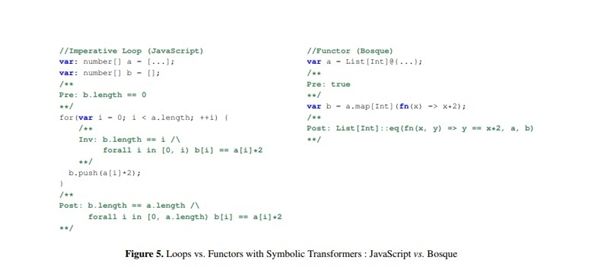 1
1
-
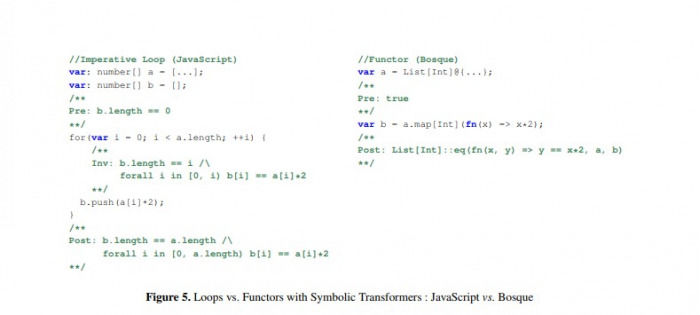 2
2
-
3
- Vue组件中如何处理图片预览和缩放问题
- 447天前
-
 4
4
-
 5
5
-
 6
6
- Python实战教程:批量转换多种音乐格式
- 618天前
-
7
- WebSocket协议的优势与劣势分析
- 449天前
-
8
- java动态代理实例代码分析
- 619天前
-
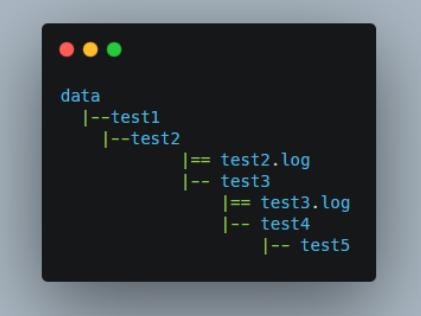 9
9
- java io文件操作删除文件或文件夹的方法
- 616天前
相关推荐
热门关注
-
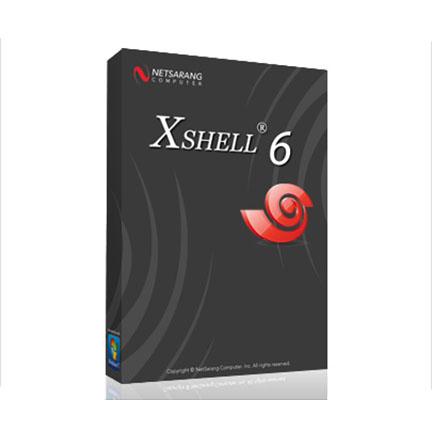
- Xshell 6 简体中文
- ¥899.00-¥1149.00
-

- DaVinci Resolve Studio 16 简体中文
- ¥2550.00-¥2550.00
-
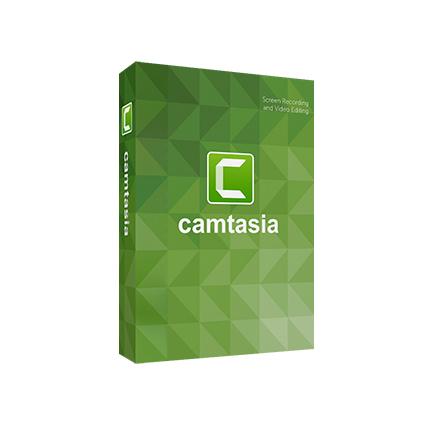
- Camtasia 2019 简体中文
- ¥689.00-¥689.00
-

- Luminar 3 简体中文
- ¥288.00-¥288.00
-

- Apowersoft 录屏王 简体中文
- ¥129.00-¥339.00